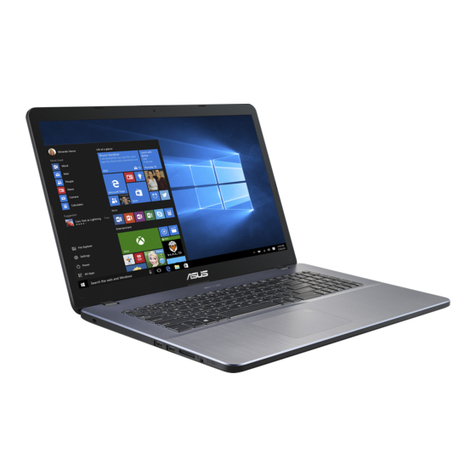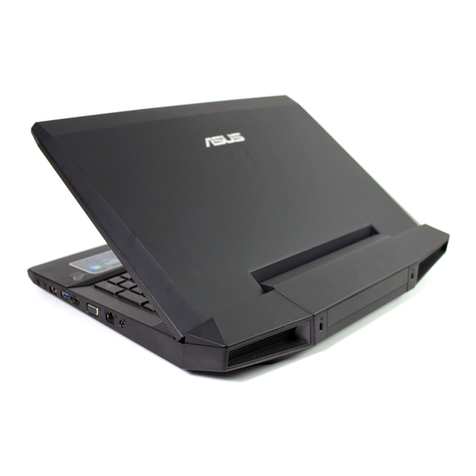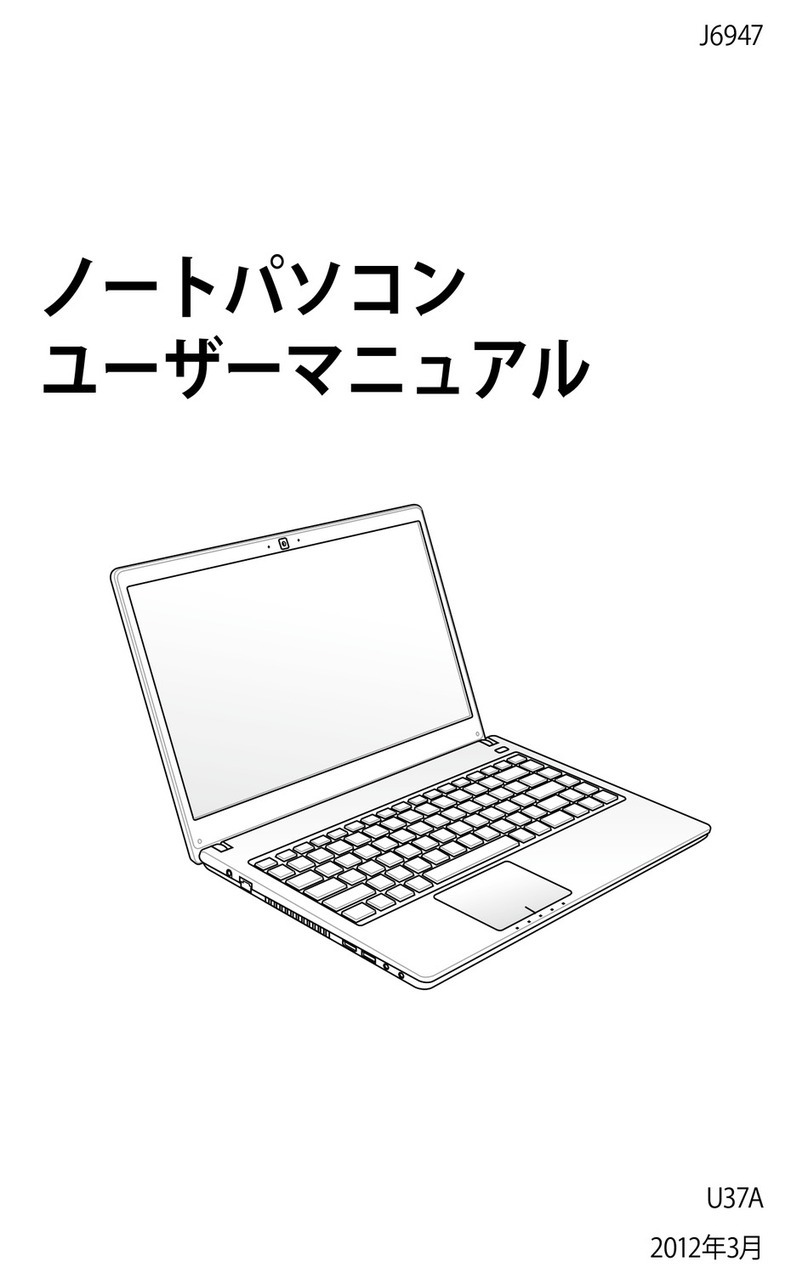Asus N71JQ User manual
Other Asus Laptop manuals

Asus
Asus X88Se User manual
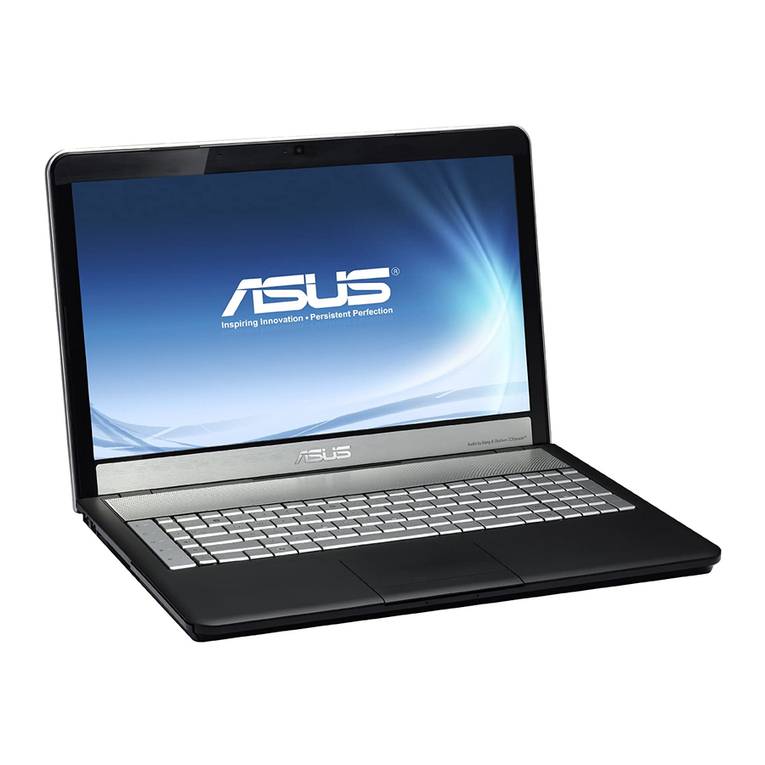
Asus
Asus N75SF User manual

Asus
Asus T100 Series Guide

Asus
Asus ROG Strix G531GV AL172 User manual
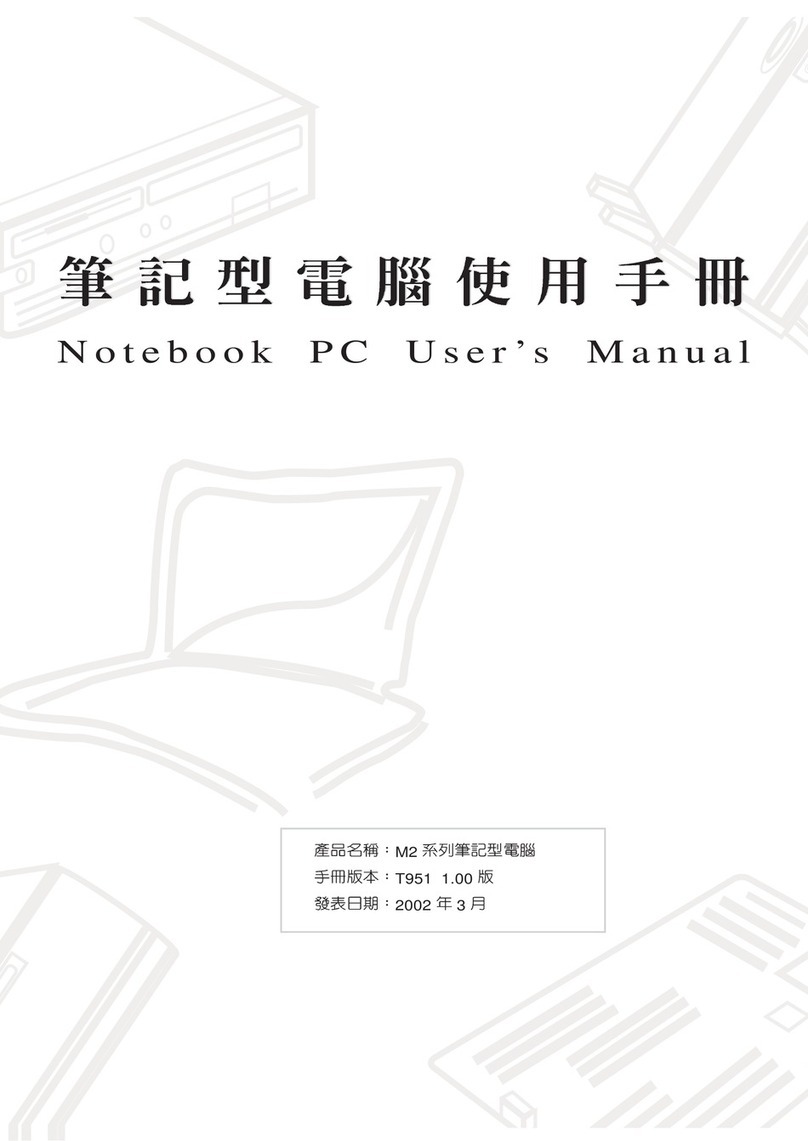
Asus
Asus M2C User manual
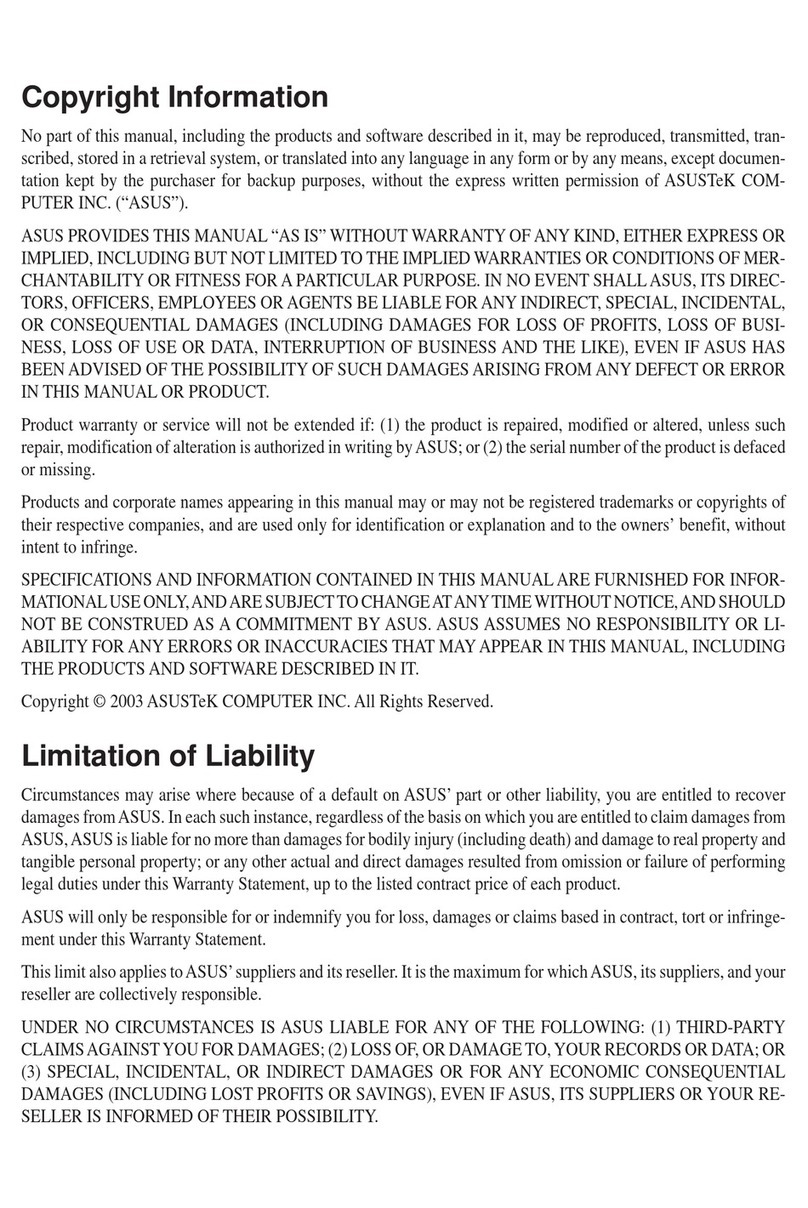
Asus
Asus A2D User manual

Asus
Asus Eee PC X101CH User manual

Asus
Asus Z35H User manual
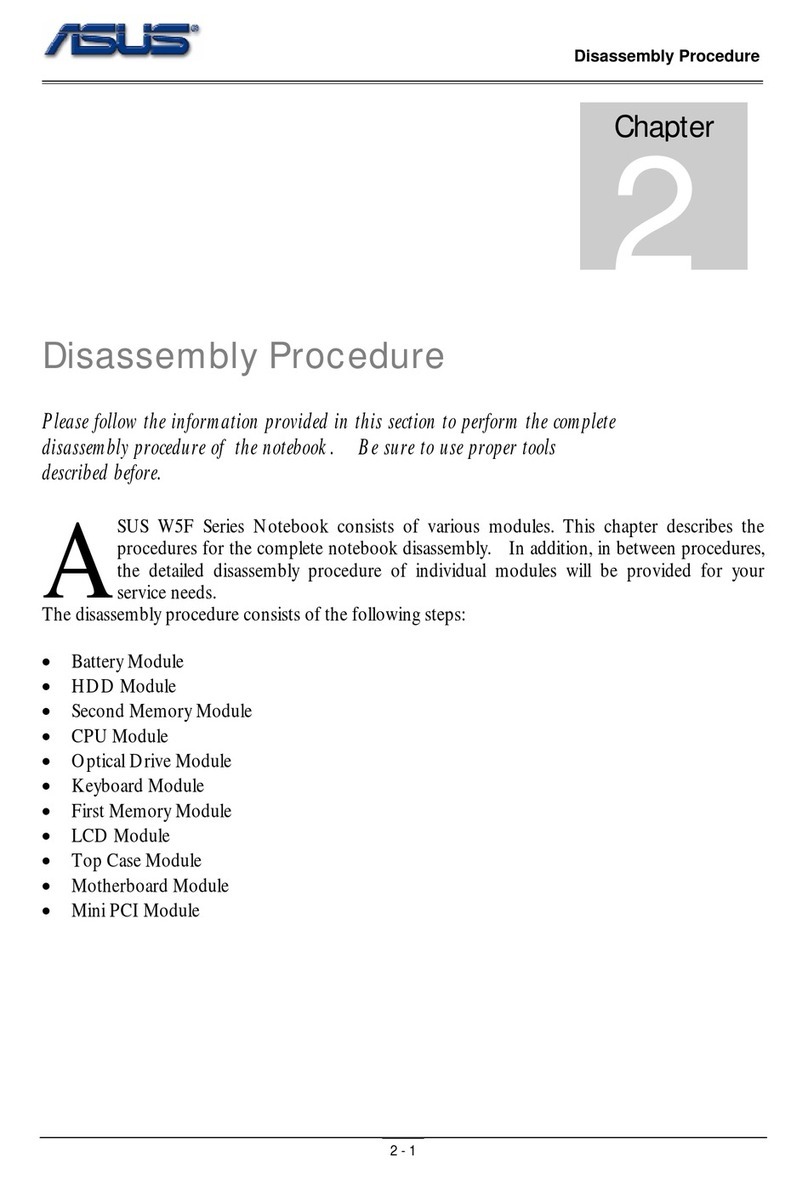
Asus
Asus W5F Installation instructions

Asus
Asus Eee PC 900 XP Operating manual
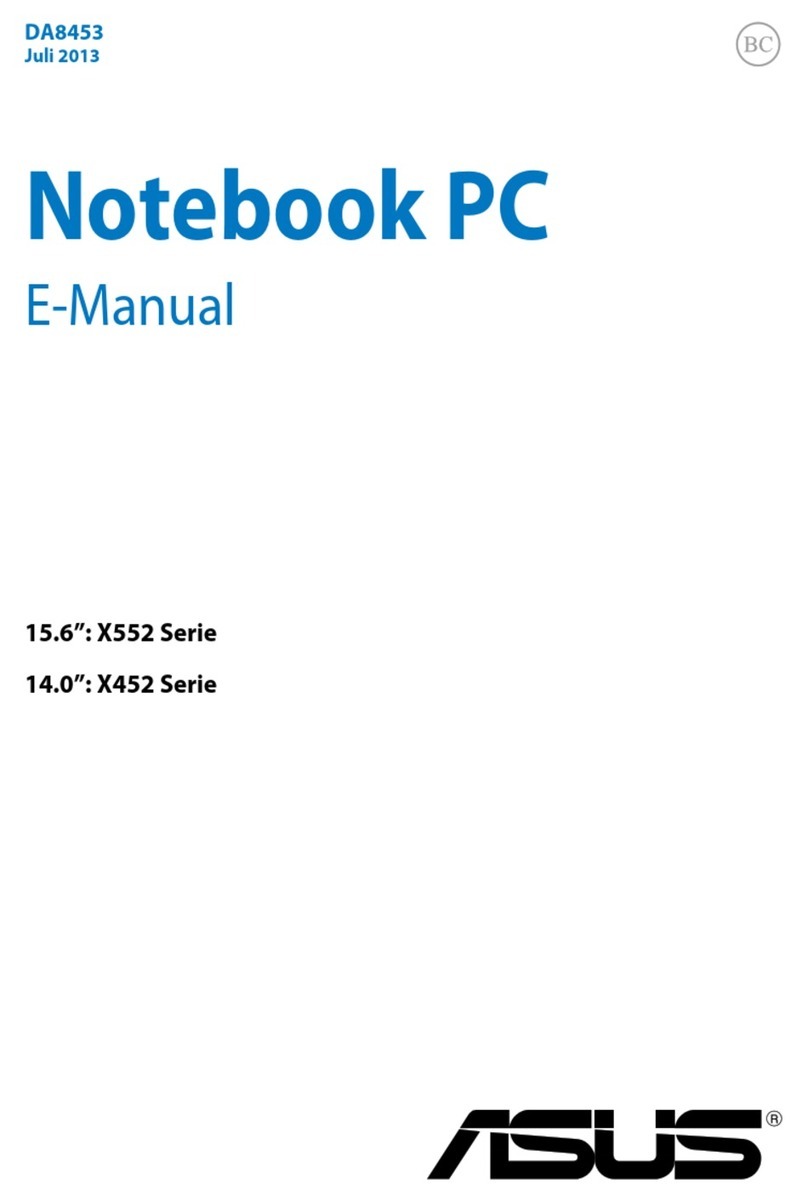
Asus
Asus X552 Series Guide
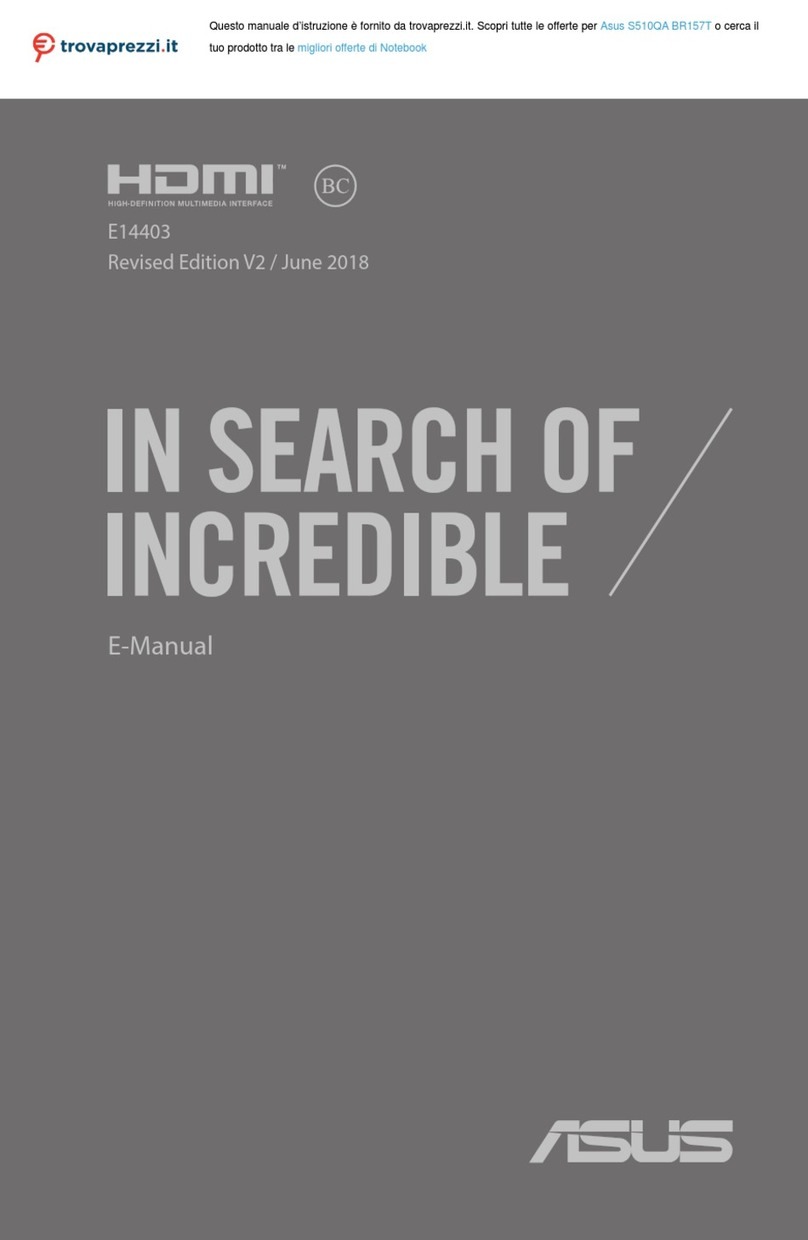
Asus
Asus S510QA BR157T Guide
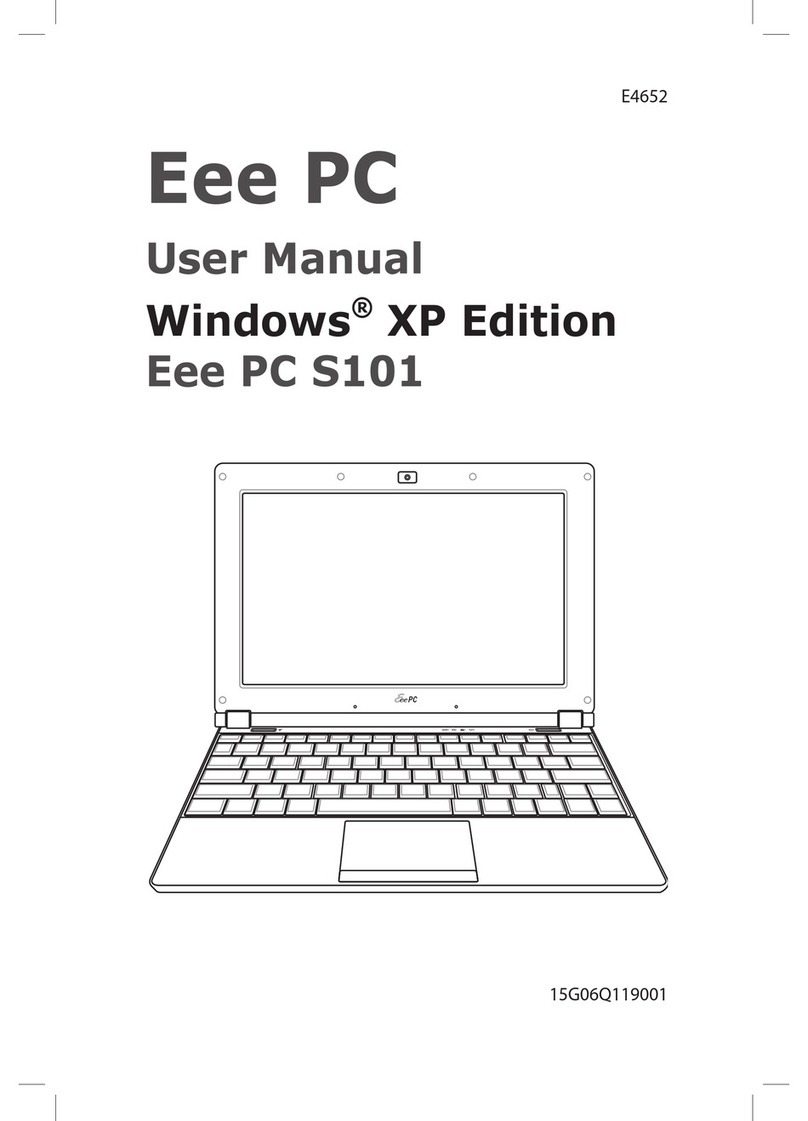
Asus
Asus Eee PC S101 XP User manual

Asus
Asus Transformer TX300CADH71 Guide
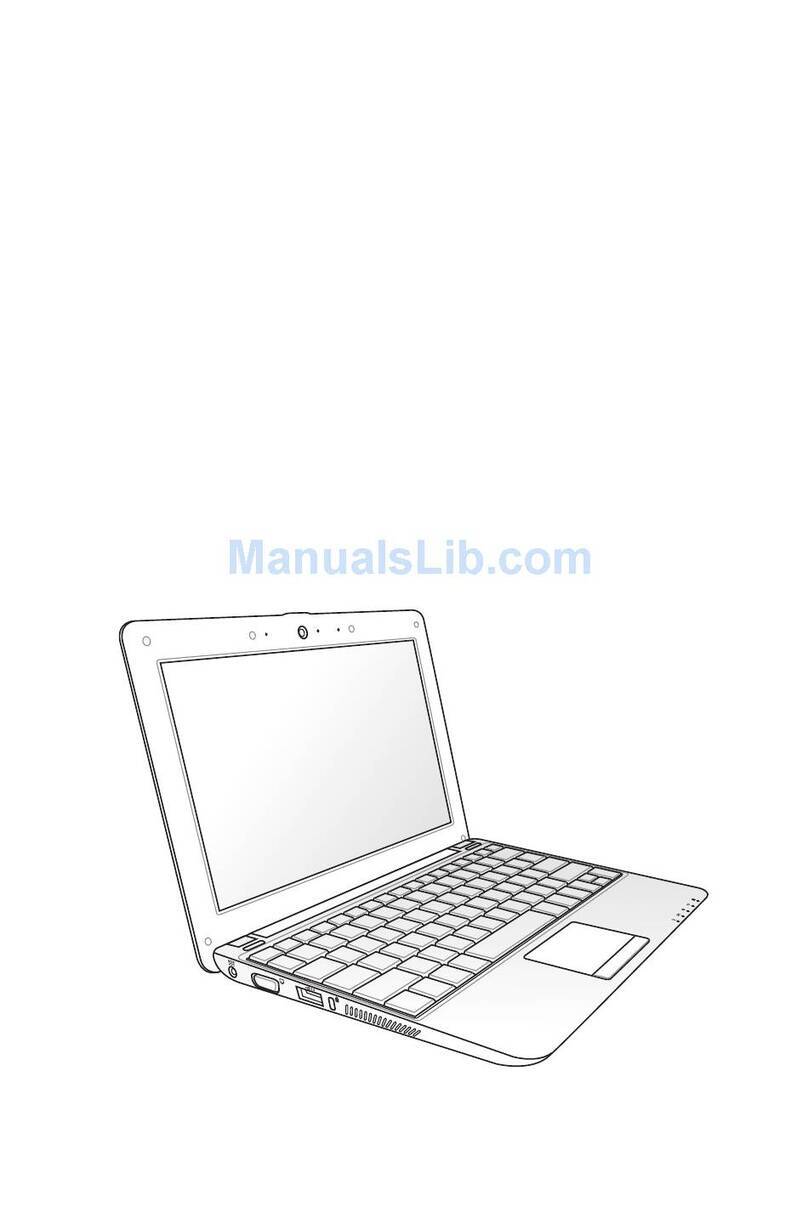
Asus
Asus 1001PX-MU27-BK User manual

Asus
Asus REPUBLIC OF GAMERS G Series Guide
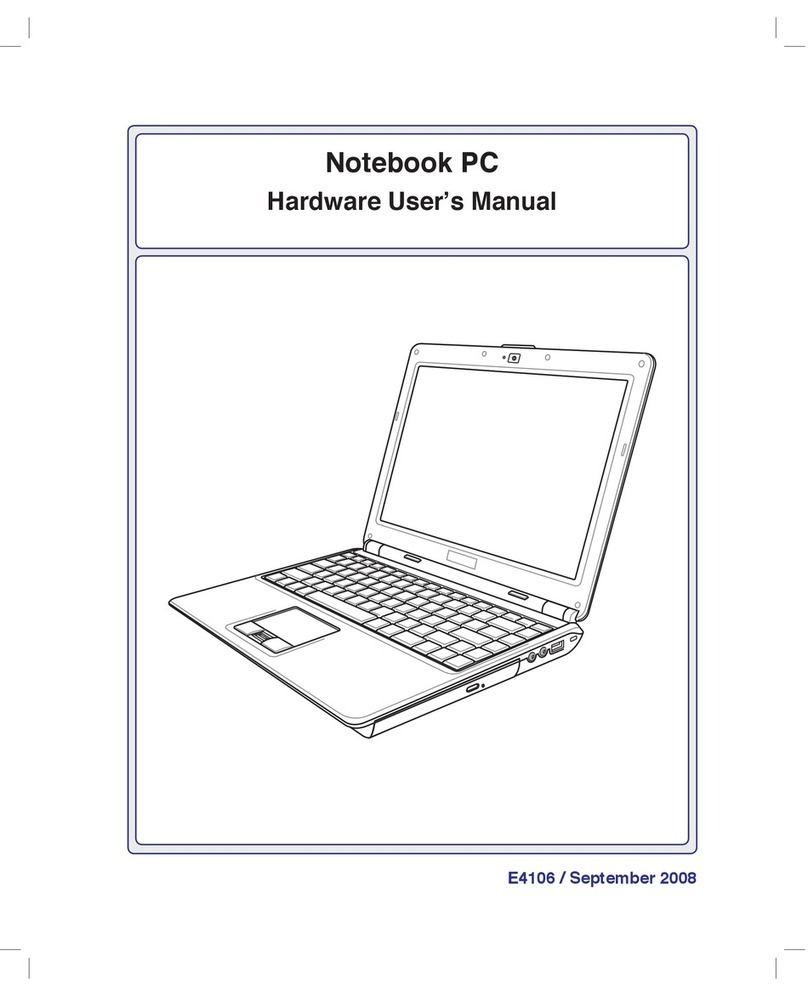
Asus
Asus N20A Instructions for use

Asus
Asus FX505DY Series User manual
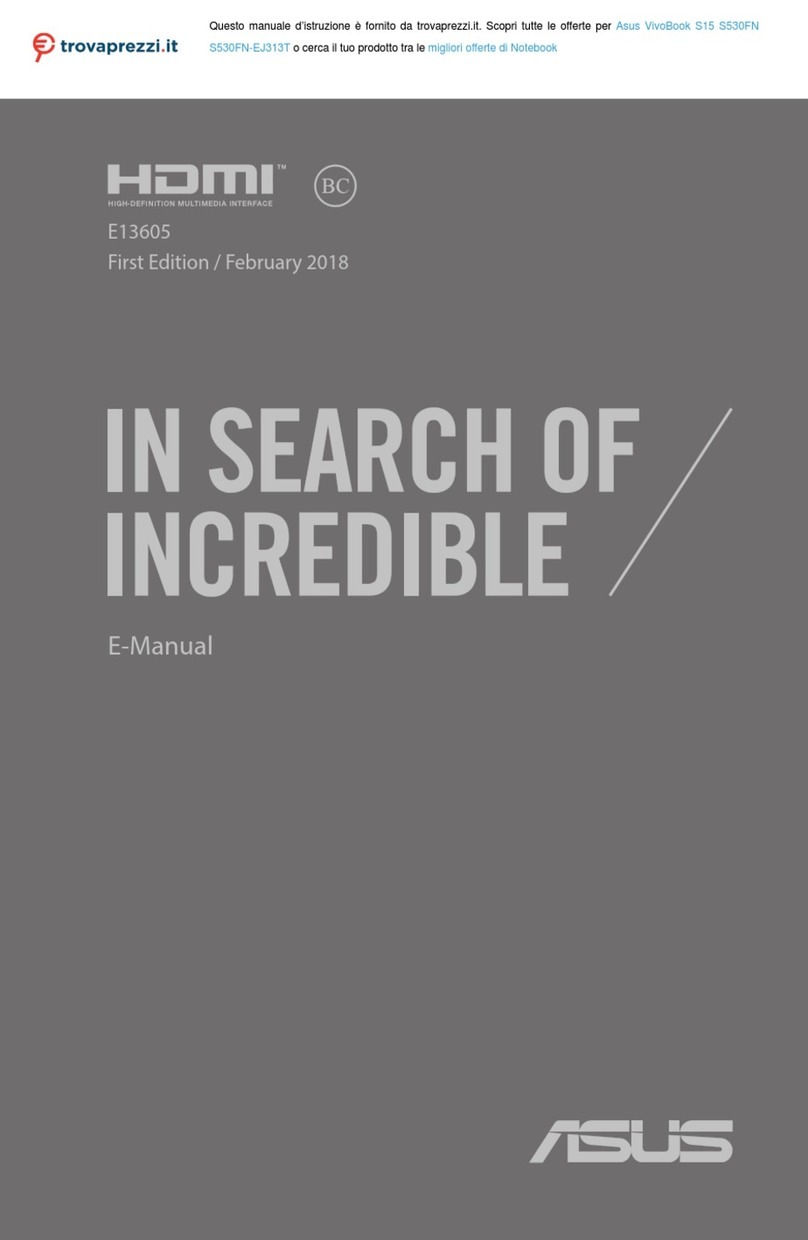
Asus
Asus S530FN-EJ313T User manual

Asus
Asus Z71 Series Use and care manual
